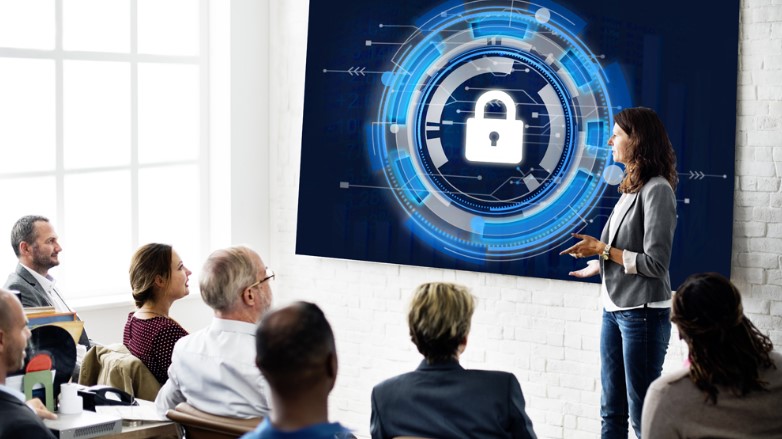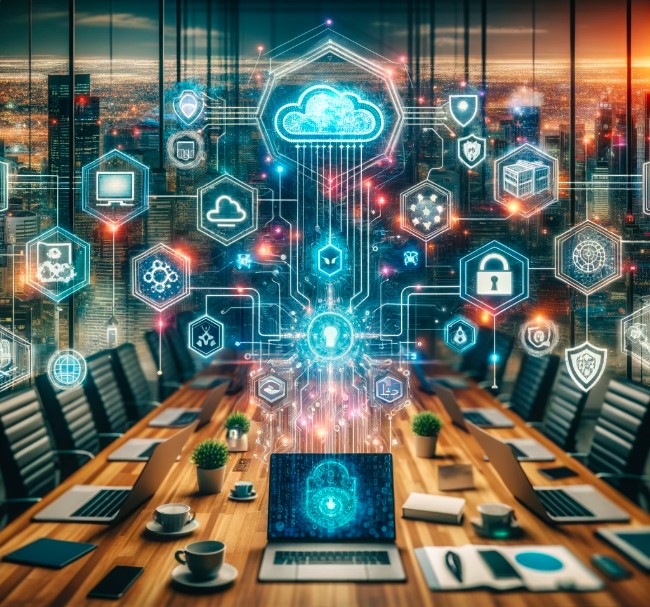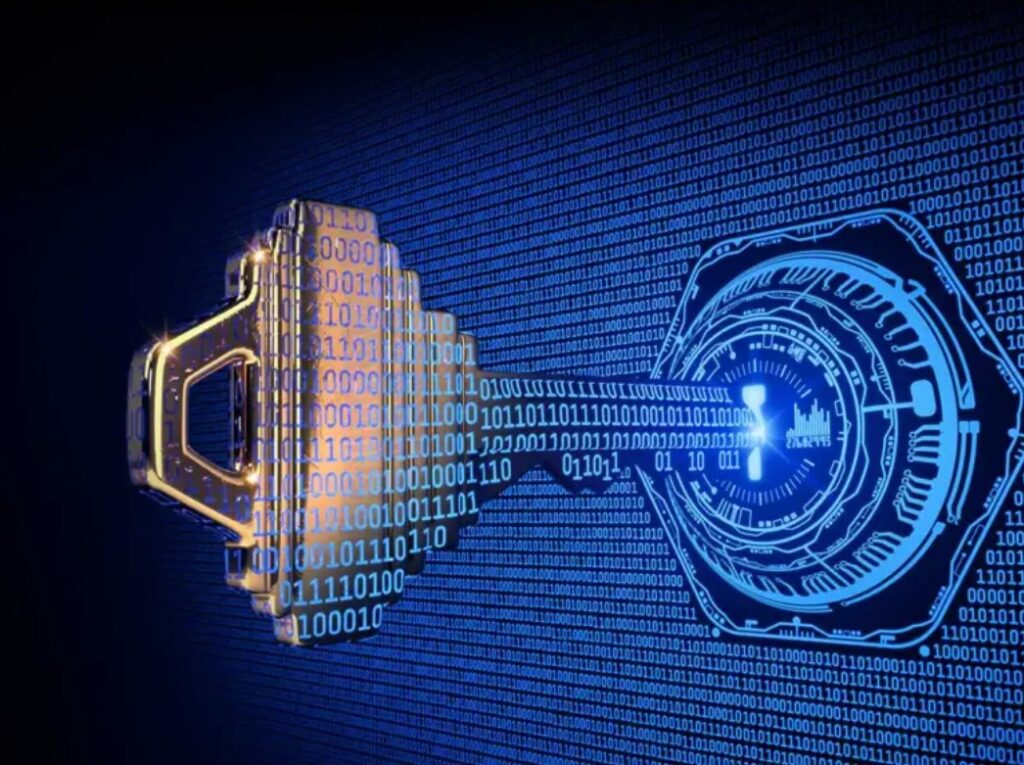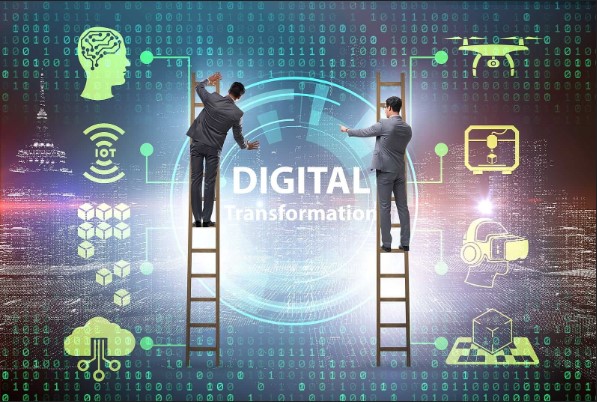Employee Oversight: Empowering Security and Building a Resilient Organization
September 22, 2023

In today’s interconnected and digital workplace, organizations face an ever-increasing number of cybersecurity threats. While technological solutions and robust policies are essential, one of the most critical factors for maintaining a strong security posture is employee oversight. Employees serve as both the first line of defense and potential vulnerabilities within an organization’s security framework. In this blog, we will explore the importance of employee oversight and the profound impact it has on an organization’s overall security.
- Cultivating a Culture of Security
- Recognizing Human Factors
- Implementing Strong Access Controls
- Monitoring and Auditing Employee Activities
- Enforcing Security Policies and Procedures
- Continuous Education and Adaptation:
Cultivating a Culture of Security
Employee oversight starts with fostering a culture of security within the organization. This entails instilling a shared responsibility for security among all employees, regardless of their roles or departments. By creating an environment where security is valued and prioritized, organizations can establish a strong foundation for protecting sensitive data and systems. Regular security awareness training, clear policies, and ongoing communication about the importance of security help employees understand the risks and equip them with the knowledge to make informed decisions.
Recognizing Human Factors
Employees are not infallible, and human error remains one of the leading causes of security incidents. Understanding and addressing human factors in security is crucial. Organizations must recognize that employees may unintentionally fall victim to phishing attacks, social engineering, or other manipulation techniques. By providing comprehensive training on recognizing and responding to these threats, organizations can significantly reduce the likelihood of successful attacks. Encouraging employees to report incidents promptly and fostering a blame-free environment can also improve incident response and overall security posture.
Implementing Strong Access Controls
Proper access controls are vital for employee oversight. Organizations should implement the principle of least privilege, ensuring that employees have access only to the systems and data necessary to perform their job functions. Regular access reviews and the timely removal of access for terminated or transferred employees are essential. By implementing multi-factor authentication (MFA) and robust identity and access management (IAM) systems, organizations can add an extra layer of protection against unauthorized access attempts.
Monitoring and Auditing Employee Activities
Ongoing monitoring and auditing of employee activities help to identify potential security incidents and insider threats. Implementing security information and event management (SIEM) systems, user behavior analytics (UBA), and data loss prevention (DLP) solutions allow organizations to detect suspicious activities, unauthorized access attempts, or data exfiltration. Balancing employee privacy concerns with the need for security monitoring is crucial, and organizations must clearly communicate their monitoring practices and comply with relevant privacy regulations.

Enforcing Security Policies and Procedures
Organizations must have comprehensive security policies and procedures in place, and these policies should be enforced consistently. Employees should be made aware of security policies, including acceptable use policies, password requirements, and guidelines for handling sensitive data. Regular reminders and training sessions can help reinforce these policies and keep security practices top of mind. Organizations should establish consequences for policy violations and ensure that enforcement is fair and consistent across all employees.
Continuous Education and Adaptation
The cybersecurity landscape is constantly evolving, and employees must stay informed about emerging threats and best practices. Organizations should provide ongoing education and training to keep employees up to date on the latest security trends, attack techniques, and preventive measures. Regular communication channels, such as newsletters, security bulletins, or awareness campaigns, can help reinforce security awareness and empower employees to actively contribute to the organization’s security efforts.
Employee oversight is a critical component of a robust cybersecurity strategy. By cultivating a culture of security, recognizing human factors, implementing strong access controls, monitoring employee activities, enforcing security policies, and providing continuous education, organizations can empower their employees to become a formidable defense against cyber threats. With the right oversight measures in place, organizations can significantly reduce the risk of security incidents, protect sensitive information, and build a resilient security posture that adapts to the evolving threat landscape. Remember, the security of an organization is a collective effort that starts with each and every employee.
Have Any Question?
Call or email Cocha. We can help with your cybersecurity needs!
- (281) 607-0616
- info@cochatechnology.com




